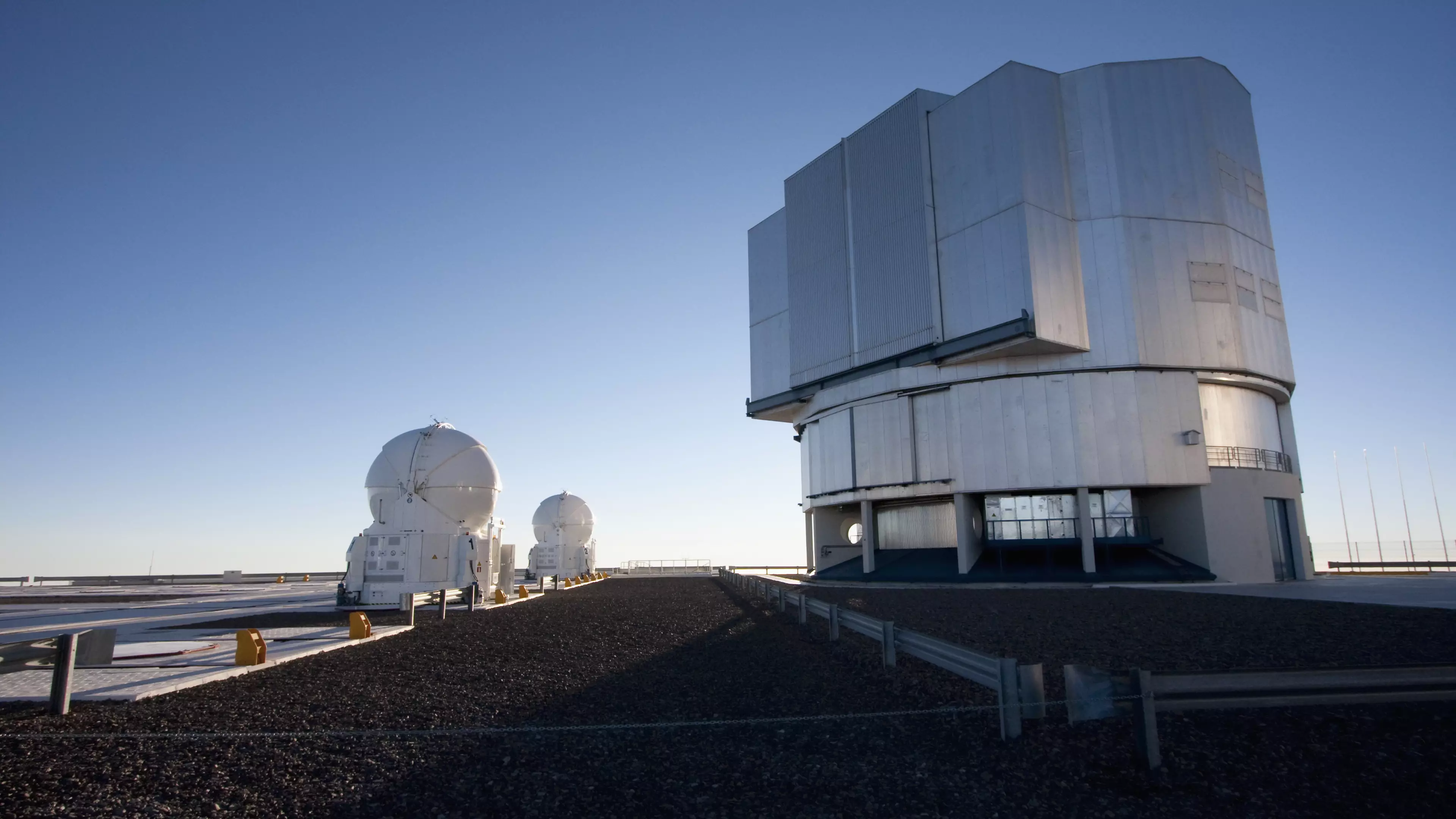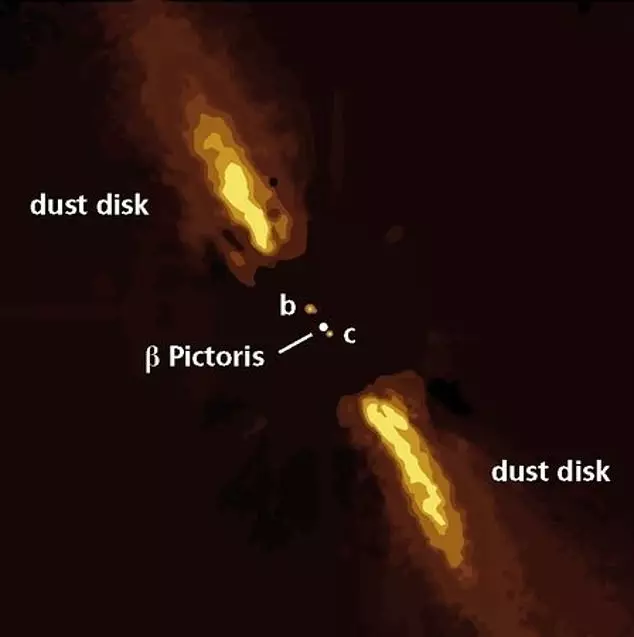
Scientists from the Max Planck Institute have successfully identified an exoplanet sitting about 63 light years from Earth using the aptly named Very Large Telescopes in Chile.
They've even shared a lovely picture of the planet just to prove that it is actually there, which is a world first.
Take that flat earthers.
An exoplanet, in case you're wondering, is a planet that exists outside of the Solar System. In this case, outside of the system of eight planets - sorry Pluto - that we float about in within our tiny and inconsequential part of the universe.

Anyway, this new exoplanet that's been spotted has been given the catchy title of b Pictoris c and it lives in the Beta Pictoris system, which is probably why they've decided to call it that.
It is only the second exoplanet that has been discovered that orbits its parent star.
The discovery was made by the sky-scanning boffins over at the GRAVITY collaboration who utilised four of the aforementioned Very Large Telescopes that are stationed in the Atacama Desert in Northern Chile.
Anyway, by compiling together the light from those four telescopes, they have managed to observe the planet as a tiny little glint of light in between two large dust disks within the home system.
Sylvestre Lacour, who is the leader of the exoGRAVITY observing program, said: "This is the first direct confirmation of a planet detected by the radial velocity method."
In case you're one of the six or seven billion people on this wretched planet that hasn't heard of radial velocity measurements just yet, let's have a basic crack at explaining why it's important.
It's considered one of the best ways to identify exoplanets, and hundreds have been identified in this way.
However, this is the first time that the measurement has been used to observe an exoplanet directly.

This is because the scientists have been using the GRAVITY instrument, which is an incredibly precise bit of kit that sits between the four telescopes observing light from all of them.
Then, it compiles all of that light from all four telescopes into one picture, which is what we've got here.
That level of detail hasn't been used like this before, which is cool.
Also, because of the radial velocity data they've used here, they were able to directly observe the planet and establish the orbital motion only because of the superior technology that GRAVITY offers.
Frank Eisenhauer, the lead scientists at the GRAVITY project, said: "It is amazing, what level of detail and sensitivity we can achieve with GRAVITY.
"We are just starting to explore stunning new worlds, from the supermassive black hole at the center of our galaxy to planets outside the solar system."
Featured Image Credit: PATopics: Science, World News, Interesting, Technology, space